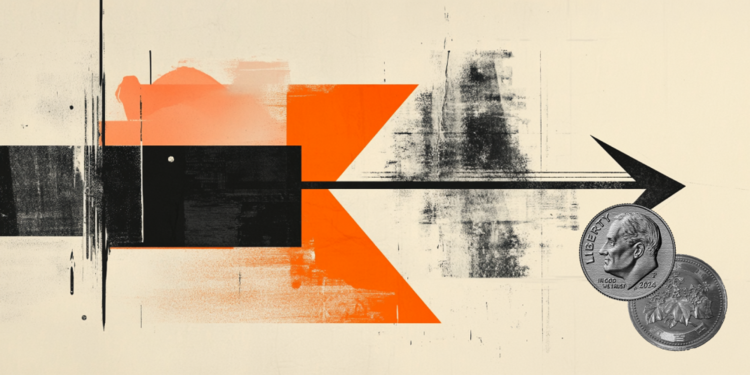Initially, the mass introduction of Russian state stabiblcoin was planned from July 1, 2025, but later the head of the Central Bank Elvira Nabiullina announced the need to revise the launch date.
The delay in the full -scale implementation of the digital ruble could be affected by the fears of possible failures in the system when turning off electricity and technical difficulties with databases in automatic banking systems (ABS). Banks still have not been able to abandon the decisions of the American company Oracle, and she left the Russian market in 2022.
The exact official date of starting the digital ruble is unknown. The financial regulator promised to declare it later, referring to the desire to coordinate with banks an economic model that will be convenient for users.
The head of the Department of the National Payment System of the Central Bank Alla Bakina said that over the past few years, the number of participants in the pilot project has grown. In 2023, the digital ruble was tested by 500 individuals and 50 companies, and now the number of its individual users has 2000 people, plus another 70 companies are planned to be connected to the project. About 55,000 operations between individuals were carried out on the platform of the digital ruble, about 15,000 payments for goods and services, and more than 12,000 smart contracts were implemented, Alla Bakina said.
In February, the Bank of Russia said that there would be no forced transition to the digital ruble. The Central Bank insists that CBDC is only an addition to the cash and non -cash form of the ruble. Last year, the Ministry of Internal Affairs of Russia warned of a fraudulent scheme, the creators of which convinced the Russians urgently to transfer funds into digital rubles to a special account, which is actually controlled by attackers.
Source: Bits
I am an experienced journalist, writer, and editor with a passion for finance and business news. I have been working in the journalism field for over 6 years, covering a variety of topics from finance to technology. As an author at World Stock Market, I specialize in finance business-related topics.







